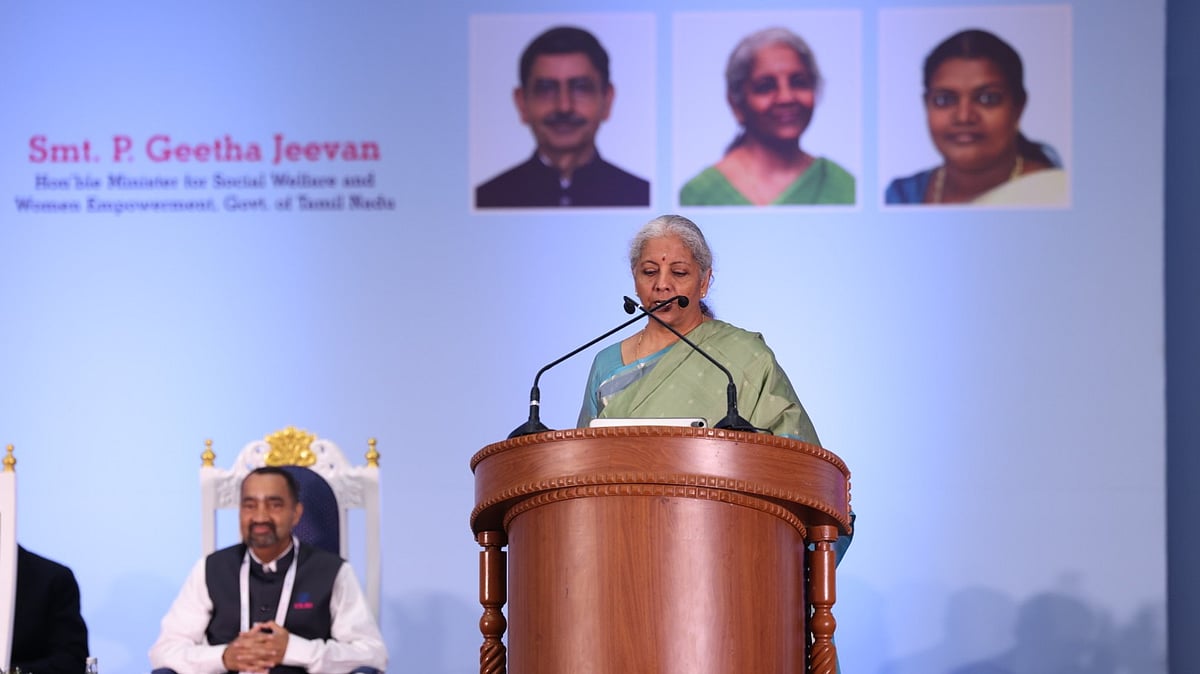HDFC Bank is the largest private lender and second largest player in the sector after government-owned State Bank of India. Housing and Development Finance Corporation (HDFC) is a major home financing provider along with insurance, venture capital and asset management offerings.
A merger of the two initiated last year, has finally secured the National Company Law Tribunal's approval, after a nod by the Reserve Bank of India and shareholders.
Combining advantages to gain an edge
The amalgamation between the lender and its parent firm was formulated with an eye on a lower inventory in real estate and a rising capability to pay EMIs among Indians.
Only 70 per cent HDFC customers banking with it, and only 2 per cent of HDFC Bank clients approaching it for home loans, are also deciding factors behind the merger.
The merged entity will have access to a Rs 25.61 lakh crore balance sheet, allowing it to provide low-cost funding for more than 6.8 crore customers.
Enhanced offerings for consumers
HDFC Bank's products will be able to reach more clients from 445 offices of HDFC Limited across India.
As a unified entity, HDFC will also be at a lower risk from unsecured loans, and will be able to underwrite bigger loans.
The merger has been cleared by the stock exchanges and India's competition watchdog but will be completed after June.
It will involve the transfer of the mutual fund business from HDFC to HDFC Bank, and consent from unit-holders to transfer ownership of HDFC asset management.

.jpg)








